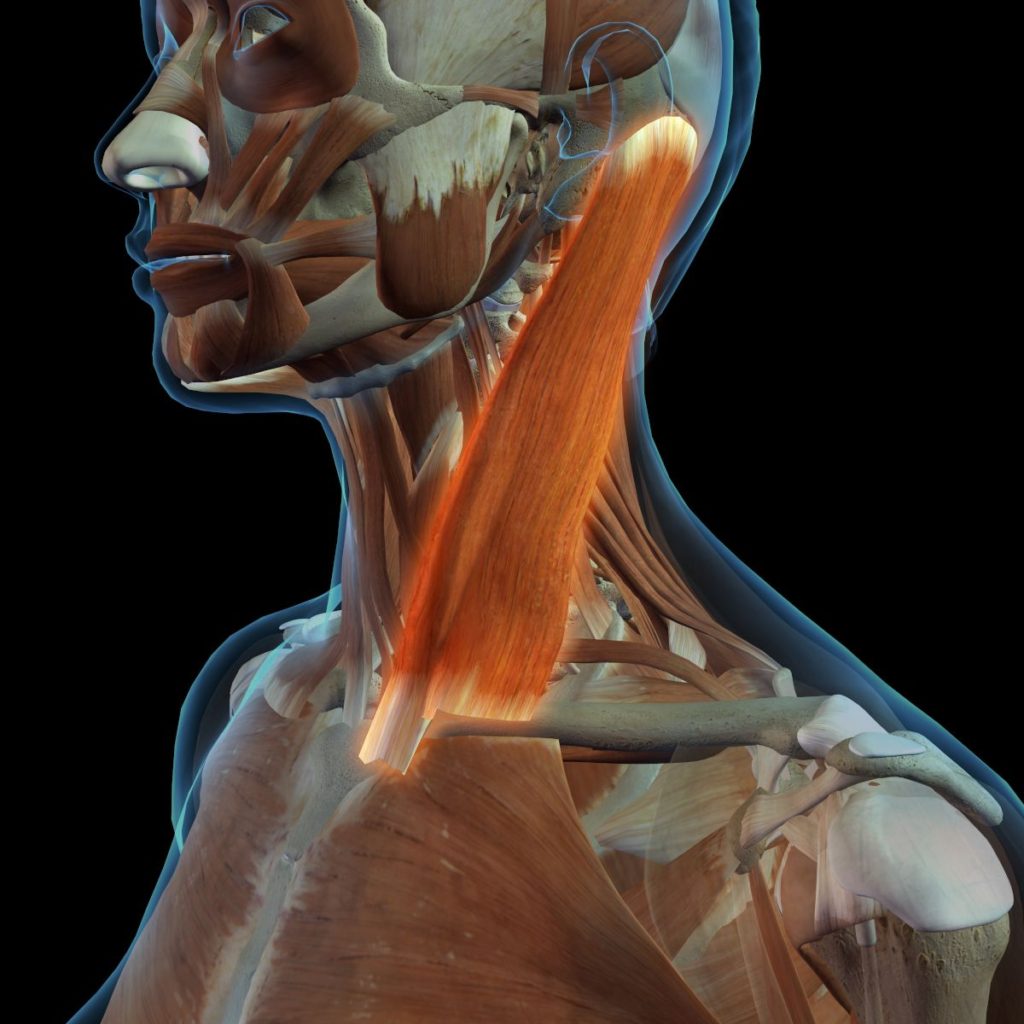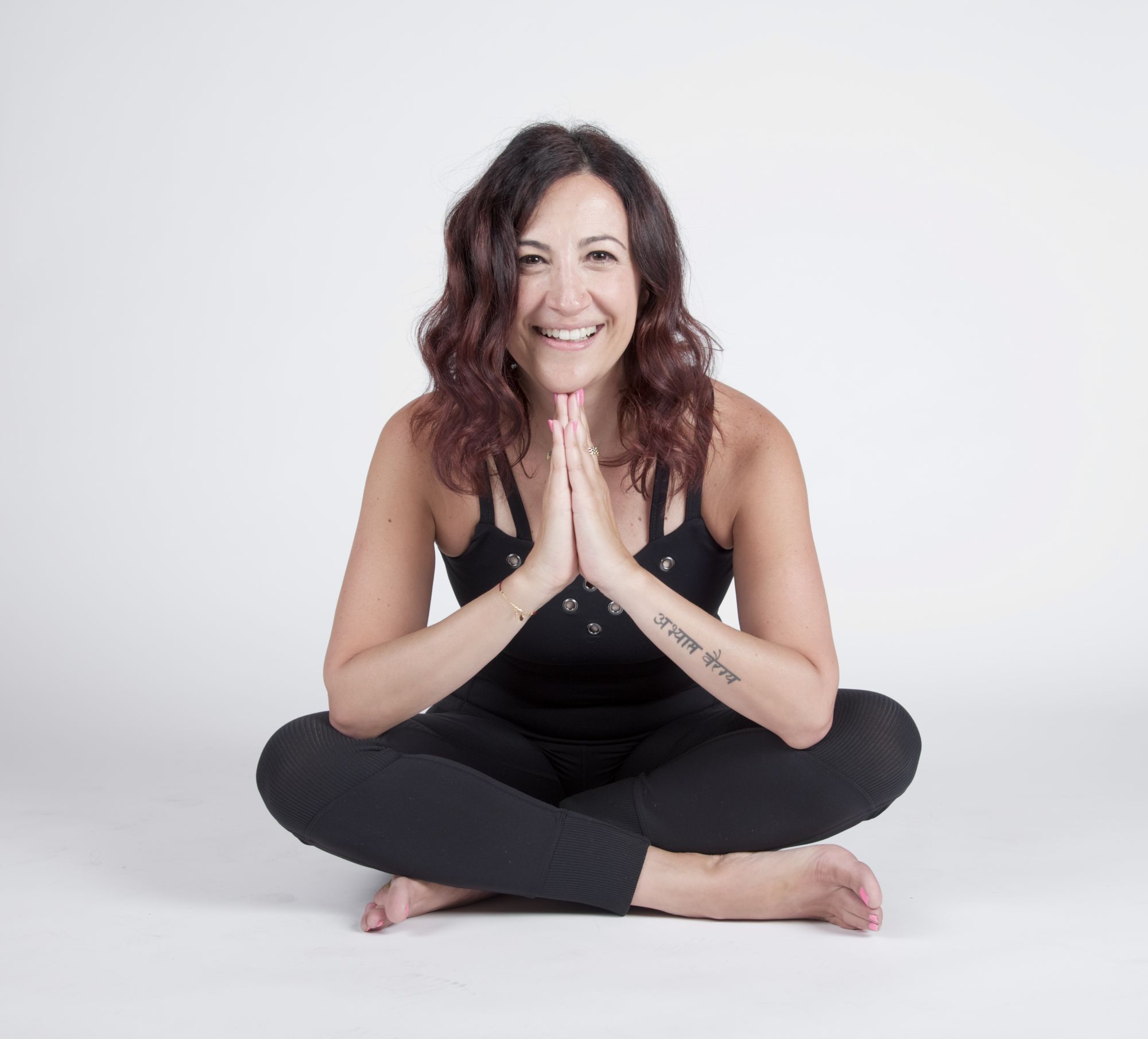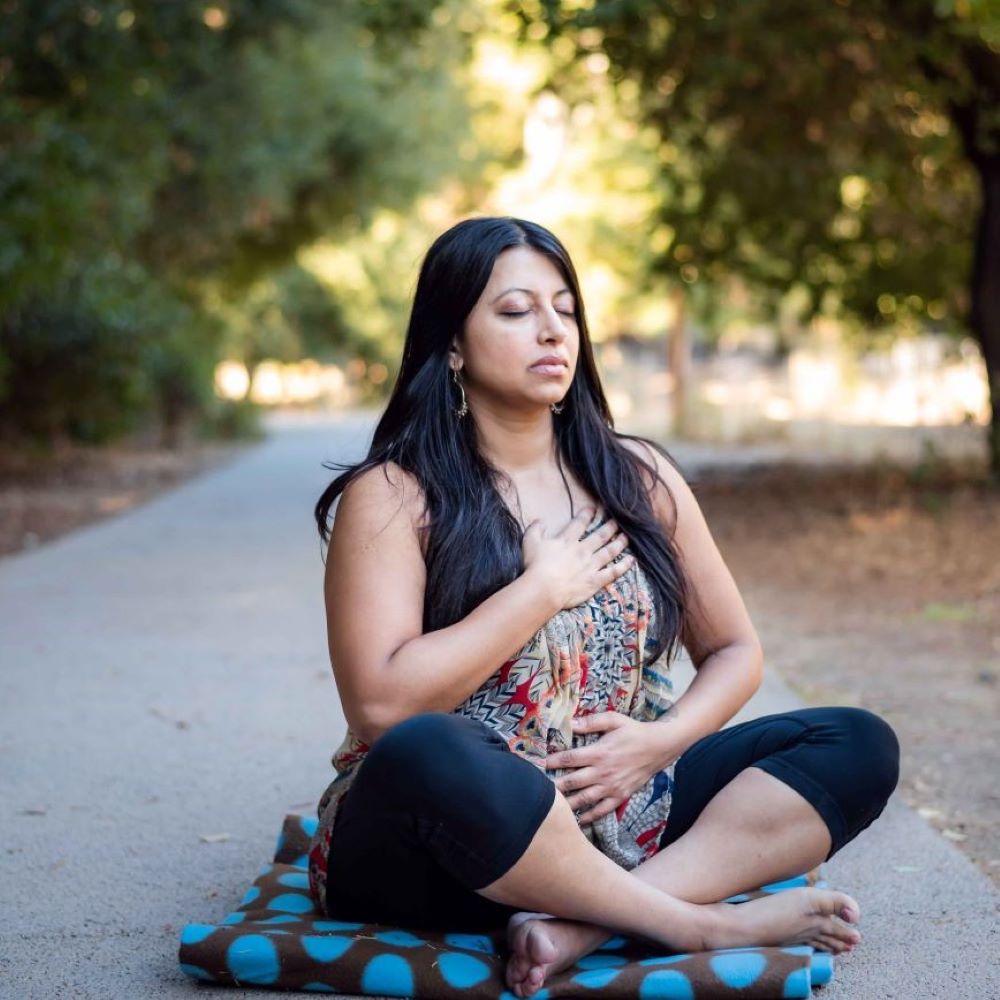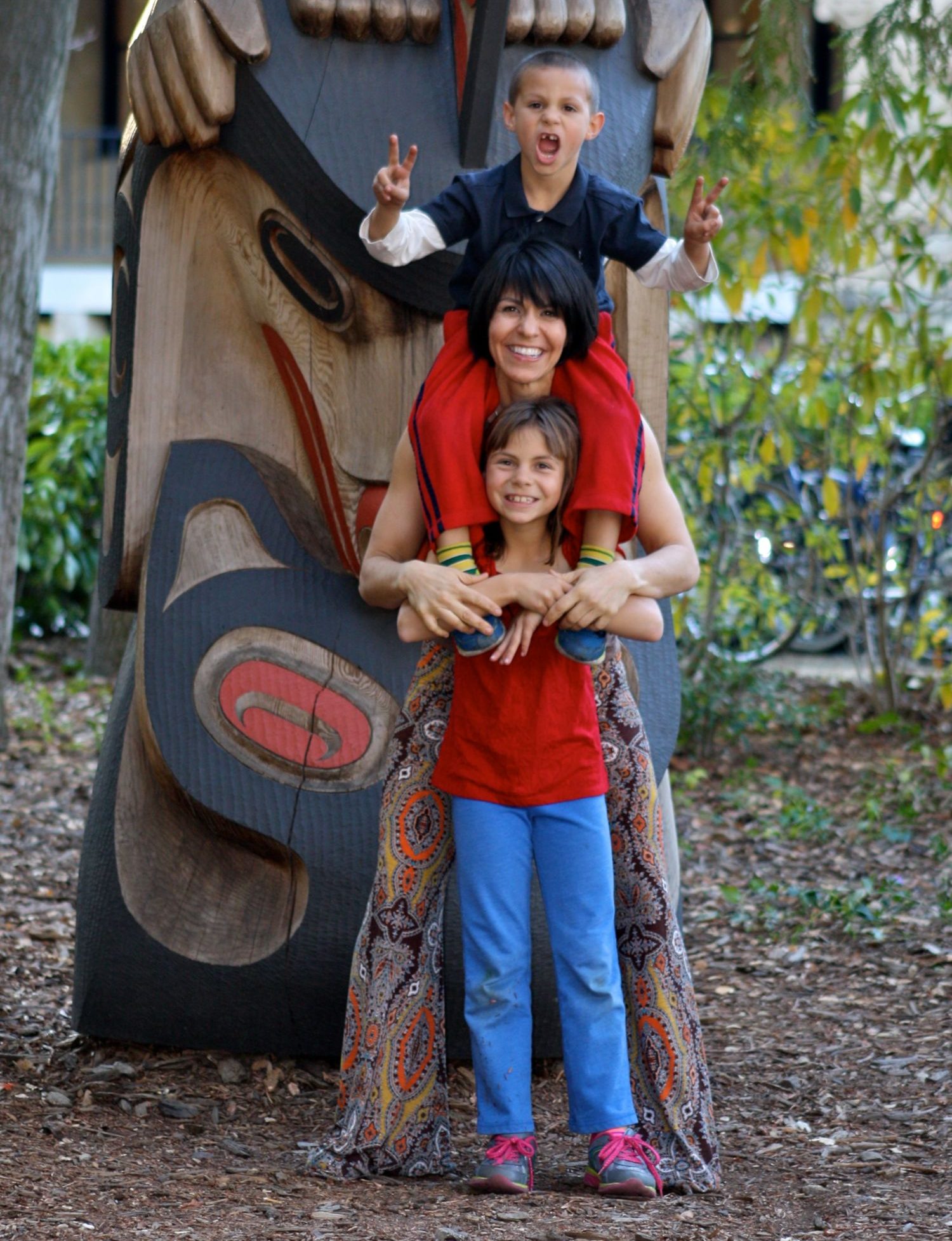If you were to google an image of a person on a roller coaster, you’d likely notice one or two big, ropey muscles appear to pop out and strain on either side/front of the neck. These are your sternocleidomastoid muscles, or “SCMs” for short. I know the full name looks intimidating, but don’t be afraid of the full pronunciation; after a few tries, the word bounces off the tongue and reminds you all three places these muscles attach in the body.

Why do they matter?
According to the Trigger Point Therapy Workbook, “People are rarely aware of SCM trigger points, though their effects can be amazingly widespread.” While the muscles themselves aren’t often in a loud, obvious pain state, tight lines and knots in these muscles have been known to contribute to a long list of symptoms; including migraines, auditory and visual disturbances, eye pain, jaw pain, deep ear and tooth aches, nausea, and even balance problems.
These tricky muscles are of particular importance because they influence the positioning of the head on the body. Too much time in front of a computer with your head jutting forward? Too much time looking to one side versus the other? Snowboarders, for instance, will have their head turned mostly toward the downhill foot. Spend all day on the mountain and it adds up!
Where are they, and what do they do?
The SCM muscles attach to a little boney knob behind your ears, called the mastoid process. (Note: “process” is just another way of saying “sticky outtie bit.”) The muscle then splits into two heads: a flat, clavicular head, and a slender, sternal head. So, we can see the sterno-cleido-mastoid attaches to the sternum, clavicle, and mastoid process. Your SCMs move the neck in a few different ways: lateral flexion, rotation, flexion, and even help to elevate the rib cage during respiration. Basically, every time you shake your head yes or no, or cock your head to hear what someone is saying, you’re using your SCM muscles. It would make sense that too much time in any position that takes the head to one side, front, or back of its normal positioning could compromise these muscles and lead to mechanical challenges elsewhere in the body.
Having seen multiple massage therapists, chiropractors, and physical therapists for neck and back issues, I’ve noticed that one of the simplest things they do is turn my head to one side and the other. When I asked why, their answer went something like, “I want to be sure that these muscles aren’t always locked tight and pulling your head forward of your body. Turning to one side breaks up that partnership a bit and creates length on the side you’re looking away from.” To this day, after a long day of snowboarding, I take extra time twisting my head in the opposite direction of my downhill stance.
Waking up the SCM
It should be stated very clearly that a LOT of important stuff in your neck runs closely alongside or near your SCM muscles: your carotid artery and vagus nerve, to name a few. If you’re trying to pinch the muscle belly, it can be good to gently find your pulse in your neck with two fingers: put your thumb just lateral of where the pulse was, then move your fingers toward the outer edge of the neck, and gently hold the muscle between the fingers and thumb. Essentially, you’re inching your fingers off the pulse and out to the side. Travel the fingers up behind the ear, you’ll find the mastoid process. Travel the fingers down, you may be able to feel a separation of the muscle as you find the attachment points on the collar bone and sternum. You can also rest your fingers along your collarbone and sternum, then, turn your head to the opposite side where you should feel these attachment points pop out to your hands.
Activate
- Balanced Diet of Position: Because these neck muscles are constantly in use, checking in on how much time you spend in any one position can be helpful to train the neck into a more balanced diet of movement and positioning.
- Too much time on screens, head forward, or looking up. Press chin down, lean head back, and lift the back of the skull. (Yes, you’ll need to own your double chin here.)
- Too much time turned in one direction. Turn the head in the other direction and take deep breaths to help the brain unravel any tension lines.
- Goal Post Slides: Stand with your back against a wall. Make a U shape (goal post or cactus arms), and try to get the back of your arms to the wall. Slowly slide your arms up into a diamond shape then back to the cactus shape. As you go up, turn your head to one side; as you come down, return the head to neutral. Repeat on the other side. Try to do five on each side. This is harder than it looks! Because the SCM has a relationship to the clavicle, and the clavicle is also part of the four shoulder joints, finding work that gets the neck and shoulders on the same page only increases the likelihood of finding a more balanced state.
Stretch
- Simply turn your head to one side and look up a little. Hold this for 20 to 30 seconds.
- Another similar technique is to place two fingers on the attachment point at the clavicle-sternum area (where you can feel it), and press in gently as your turn and lift the head, creating a little extra traction.
Roll & Massage:
- Both of these techniques come from brilliant ball-ista, Jill Miller (a worthy follow and master teacher!):
- Core-geous Neck Rotations: Bring a squishy ball to the middle of your neck with little to no pressure on the front of the throat. As you turn your head to the right, twist the ball in the opposite direction and pull it to your left ear. As you turn back through center, rotate the ball in the other direction and return to the middle of the throat, easing off as you return. Do this back and forth, five to 10 times slowly.
- Mastoid Process Release: Lie on your side with a soft block under your head. Place a small rubber ball just on or around the mastoid process (remember: the boney, sticky outtie bit behind your ear). Take deep breaths here and slowly draw circles with your nose to rub all around this attachment point.













